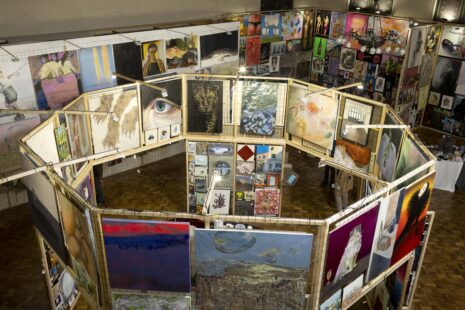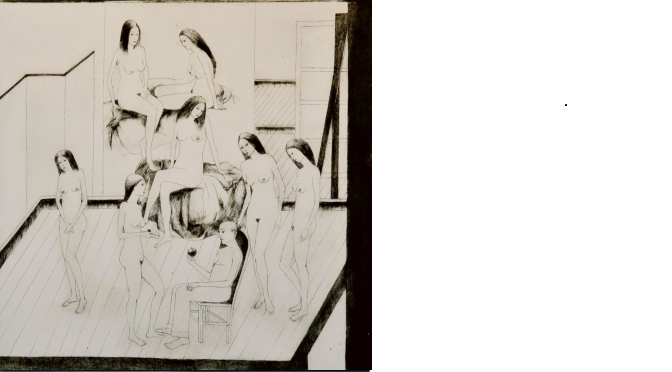
Silvi Liiva. Studio. 1973. Etching
Prints are not reproductions of original works (like mass-produced posters, for example), but are instead mimetic reproductions taken from a plate. Printmaking techniques vary, depending on whether the work is made by an intaglio process (carving into a surface as with etching, drypoint, aquatint or mezzotint) or blocking (where the print is taken from the raised points, or uncovered points on a surface, such as relief printing or silksrcreen printing).
Multiples differ slightly in that although having many versions of the same still produced work, each work is made unique by hand-finishing or similar techniques. Multiples will be very similar, but not identical.
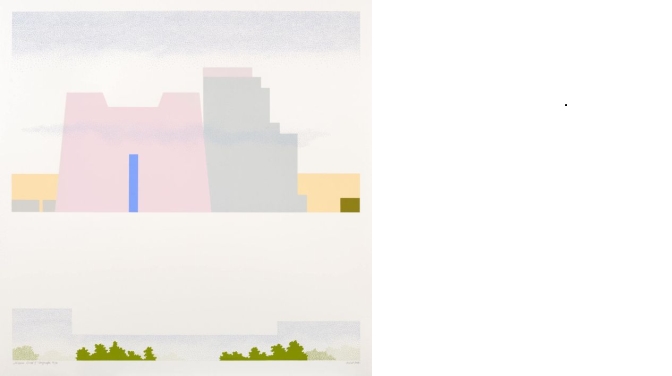
Mare Vint. Ancient Towns III. 2007. Serigraphy
Limited-edition runs of prints and multiples should be numbered, showing what number in the edition it is (i.e. 1/100). Often (but not always) the prices rise incrementally as the run sells out – there can be a pre-published price, a published price that will then rise mid-sale, rise again just before the run sells out, and again when the edition has sold out. The smaller the edition run, the rarer and more exclusive the work.
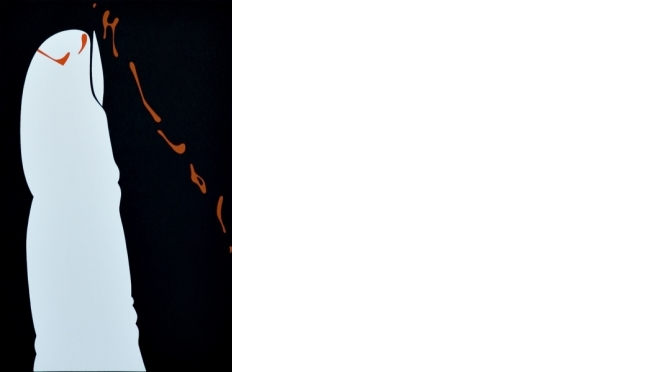
Leonhard Lapin. Veritsev sõrm. 1971/2003. Serigraphy
Advantages of editions
- Priced lower than one-of-a-kind works of art
- A chance to buy work by big name artists at more reasonable prices
- An affordable way to take a gamble on a new artist
- Domestically scaled: unlike grand-scale pieces, editions are usually easy to accommodate in a domestic setting
- Prints can increase in value just as with any other artwork
Tips for buying prints
- Check the limit of the limited edition; exclusivity adds value
- Buying early i.e. lower numbered editions means the print will usually be more valuable when the run has sold out (a reward for having taken a gamble early in the sale)
- For some collectors, aqcuiring the same edition number for different prints offers an interesting quirk, especially if buying works by the same artist. For the same reason, significant numbers can add value (i.e. 1/100, 50/100, 100/100)
- Artists´proofs, i.e working proofs or test prints, impressions issued extra to the regular numbered edition and reserved for the artist’s own use, are highly prized. Look for the A.P., P/A. or E.A. (Épreuve d’Artiste) symbol instead of a number. Prints marked with H.C. (Hors d´Commerce) are identical to the edition prints. However, they are not intended to be sold but used as samples to show to dealers and galleries.
- Check the artist signature. Some editions have numbered and signed versions, and others are just numbered. If there is no signature, ask if this can be done.
- Be wary of mass reproductions: printing methods like offset lithography (the method used for most magazines, newspapers, posters and books) aren´t the same as orginal prints.
If you want to dig deeper and get to know more about various printmaking techniques, New York´s Museum of Modern Art, MoMA offers a very nice interactive overview.
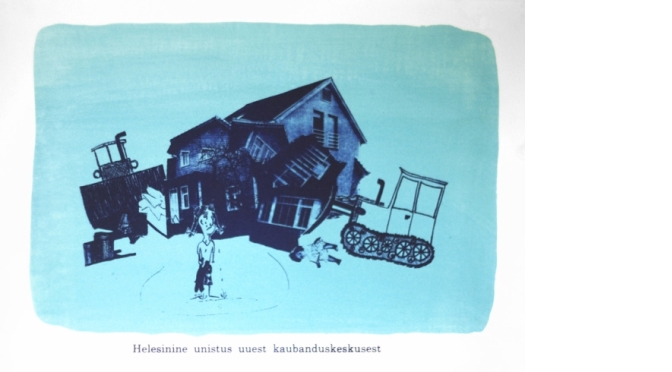
Kaarel Kütas. Sky-blue dream of a New Shopping Center. 2008. Litography
Main source: Beatrice Hodkin. 2011. A guide to buying and collecting affordable contemporary art. Vivays Publishing.

